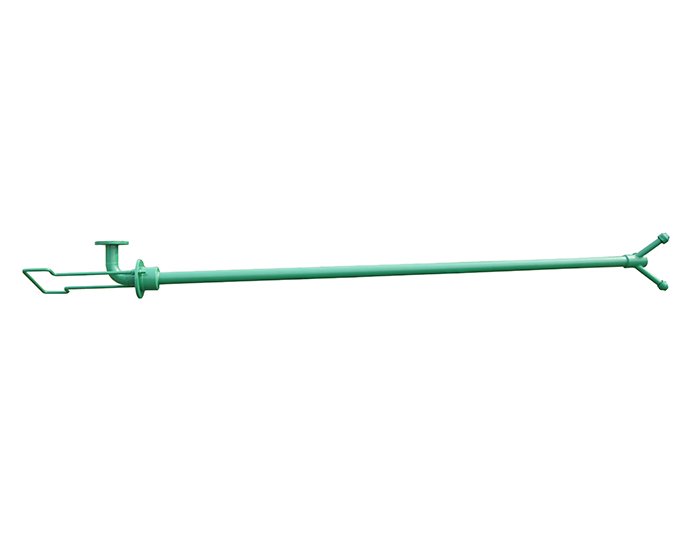Understanding Upright Rack Roll Forming Machines
In the modern manufacturing landscape, efficiency and precision are paramount. As industries strive to optimize their production processes, roll forming machines, particularly upright rack roll forming machines, have emerged as essential tools for creating high-quality metal components. This article delves into the workings, advantages, and applications of upright rack roll forming machines, showcasing their critical role in various sectors.
What is Roll Forming?
Roll forming is a continuous bending operation in which a long strip of metal, often in coil form, is gradually shaped into desired cross-sections. The process involves feeding the metal through a series of paired rollers that progressively shape it into a final product. This technique is particularly favorable for producing long lengths and uniform shapes, making it ideal for manufacturing upright racks.
The Design and Functionality of Upright Rack Roll Forming Machines
Upright racks are typically used for storage and display purposes in warehouses, retail environments, and industrial facilities. They feature a distinctive design that provides stability and maximizes vertical space. However, producing these racks requires specialized machinery to ensure that the components are precisely shaped and sized.
Upright rack roll forming machines are designed specifically to create components like vertical posts, beams, and bracing that make up the structural framework of racks. They utilize a series of rollers that form the metal progressively into the desired profile. The machine\'s design includes adjustable rollers to accommodate different sizes and shapes, enhancing versatility.
One of the critical advantages of upright rack roll forming machines is their ability to work with various materials, including steel, aluminum, and other alloys. This flexibility allows manufacturers to choose the most suitable material based on application requirements, budget, and strength considerations.
Advantages of Using Upright Rack Roll Forming Machines
1. High Production Efficiency Roll forming machines can operate at high speeds, producing large volumes of products in a relatively short time. This efficiency is crucial for meeting the demands of high-volume industries.
upright rack roll forming machine
2. Material Optimization The roll forming process generates minimal waste, as excess material is often trimmed during production. This efficiency not only reduces material costs but also enhances sustainability by lowering waste.
3. Precision Engineering Upright rack roll forming machines ensure that components are manufactured to exact specifications. This precision is vital for the integrity of racks, as any deviations can compromise their strength and functionality.
4. Cost-Effectiveness Although the initial investment for a roll forming machine can be significant, the long-term savings in labor, material, and overhead costs make it a worthwhile investment for manufacturers.
5. Flexibility for Custom Designs Many upright rack roll forming machines can be modified or adjusted for different designs and specifications. This adaptability allows manufacturers to cater to unique client requirements without significant downtime.
Applications of Upright Rack Roll Forming Machines
Upright rack roll forming machines have applications across various industries. In the warehousing sector, for instance, they are instrumental in creating sturdy storage solutions that house everything from small items to large pallets. The retail industry benefits similarly, with upright racks providing attractive and practical displays for products.
Additionally, these machines play a role in sectors such as automotive, construction, and logistics. For example, they can produce components for automotive assembly lines or structural supports in commercial buildings. The versatility of upright rack systems also makes them popular in cold storage facilities, where maintaining an organized storage system is crucial.
Conclusion
Upright rack roll forming machines are a vital component of modern manufacturing, providing efficient, cost-effective, and precise solutions for creating essential structural elements. Their ability to produce high-quality components while minimizing waste makes them indispensable across various industries. As manufacturing continues to evolve, the role of such advanced machinery is likely to become even more critical, paving the way for enhanced productivity and innovation in storage and display solutions. Investing in these machines can yield substantial benefits for manufacturers looking to enhance their operational capabilities and meet the demands of a rapidly changing market.
 Linear Motion Shale Shaker In Drilling Rig
Linear Motion Shale Shaker In Drilling Rig  Oilfield Mud Cleaner
Oilfield Mud Cleaner  Drilling Fluid Decanter Centrifuge
Drilling Fluid Decanter Centrifuge  Drilling Mud Desander
Drilling Mud Desander  Hydrocyclone Desilter
Hydrocyclone Desilter  Centrifugal Pump/Centrifugal Mud Pump
Centrifugal Pump/Centrifugal Mud Pump  Shear Pump
Shear Pump  Jet Mud Mixer
Jet Mud Mixer  Horizontal Mud Agitator
Horizontal Mud Agitator  Constant Pressure Drilling Fluid Mud Gas Separator
Constant Pressure Drilling Fluid Mud Gas Separator  Mud Gun
Mud Gun  Mud Tank
Mud Tank  Solids Control System Vacuum Degasser
Solids Control System Vacuum Degasser  Flare Ignition Device
Flare Ignition Device  Diesel Tank
Diesel Tank  Submersible Slurry Pump
Submersible Slurry Pump 





































